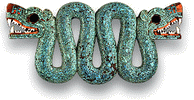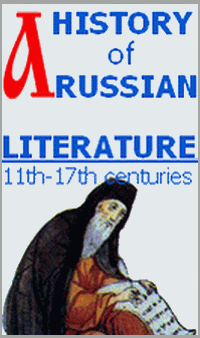Ancient Nahuatl Poetry ||| SONG XXV
Category: Ancient Nahuatl PoetryXXV. XXV. Tico toco tocoto ic ontlantiuh ticoto ticoto. Tico, toco, tocoto, and then it ends, ticoto, ticoto. 1. Toztliyan quechol nipa tlantinemia in tlallaicpac oquihuinti ye noyol ahua y ya i. 1. The sweet voiced quechol there, ruling the earth, has intoxicated my soul. 2. Ni quetzaltototl niyecoya ye iquiapan ycelteotl yxochiticpac nihueloncuica oo […]


